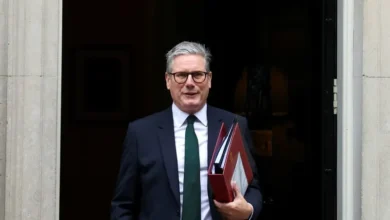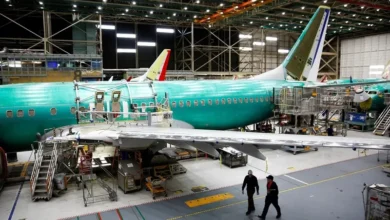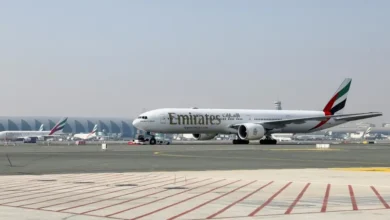Oil prices stable ahead of OPEC+ supply cut expectations

Oil prices were stable on Monday amid expectations that major producers would keep supplies tight, as hopes grew for the Federal Reserve to leave interest rates unchanged to avoid dampening the US economy.
Brent crude futures for November crept 5 cents higher to $88.60 a barrel by 1110 GMT. US West Texas Intermediate crude (WTI) October futures rose 2 cents to $85.57 a barrel.
Both contracts ended last week at their highest in more than half a year, after two previous weeks of losses.
“Crude oil prices have been primarily driven by the anticipation of additional supply cuts from major oil-producing nations, Russia and Saudi Arabia,” said Sugandha Sachdeva, executive vice president and chief strategist at Acme Investment Advisors.
Sachdeva added, however, that the steady increase in US oil production could limit further significant gains in price.
Saudi Arabia is expected to roll over a voluntary 1-million-barrel per day (bpd) cut into October. Saudi Arabia’s previous announcements on its voluntary cut extension came ahead of its official selling prices, which typically come out in the first week of the month.
Russia has already announced September export cuts of 300,000 bpd, following a 500,000-bpd cut in August.
Russian Deputy Prime Minister Alexander Novak said on Thursday Russia had agreed with partners in the Organization of the Petroleum Exporting Countries on the parameters for continued export cuts.
An official announcement detailing the planned cuts is expected this week.
Vitol CEO Russell Hardy said on Monday the global crude market should ease in the next six to eight weeks because of refinery maintenance, but supplies to complex refineries in India, Kuwait, Jizan (Saudi Arabia), Oman, and China of sour crude, with higher sulphur content, will stay tight due to OPEC+ cuts.
In the US, job growth gained momentum in August, but the unemployment rate climbed to 3.8 percent and wage gains moderated, suggesting a cooling labor market and cementing expectations the Federal Reserve will not dampen the economy further by raising interest rates this month.
In China, manufacturing activity unexpectedly expanded in August, a PMI survey indicated, curbing some pessimism about the economic health of the world’s largest oil importer, whose embattled property sector has dragged on its economy since emerging from the COVID-19 pandemic.
Investors saw some positivity in Beijing’s economic support measures last week, such as deposit rate cuts at some of the largest state-owned banks and an easing of home buyer borrowing rules.










